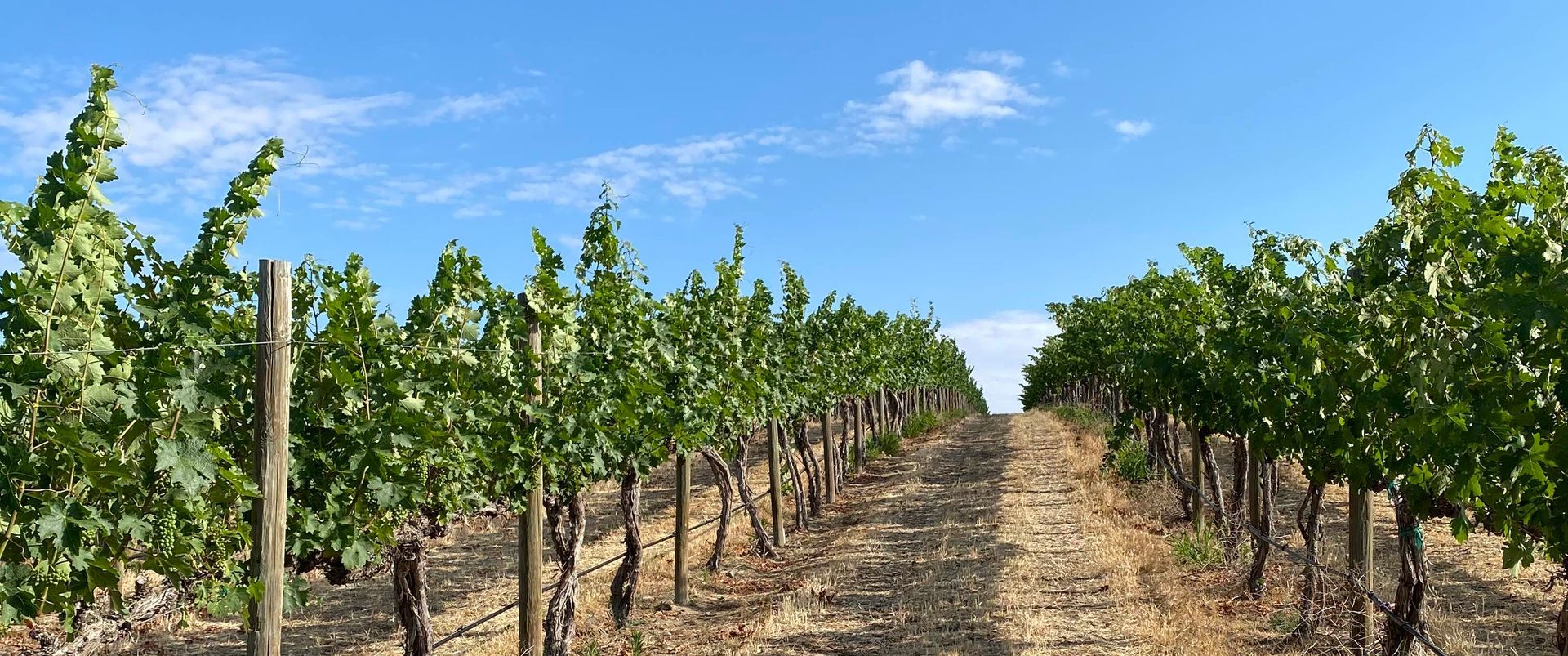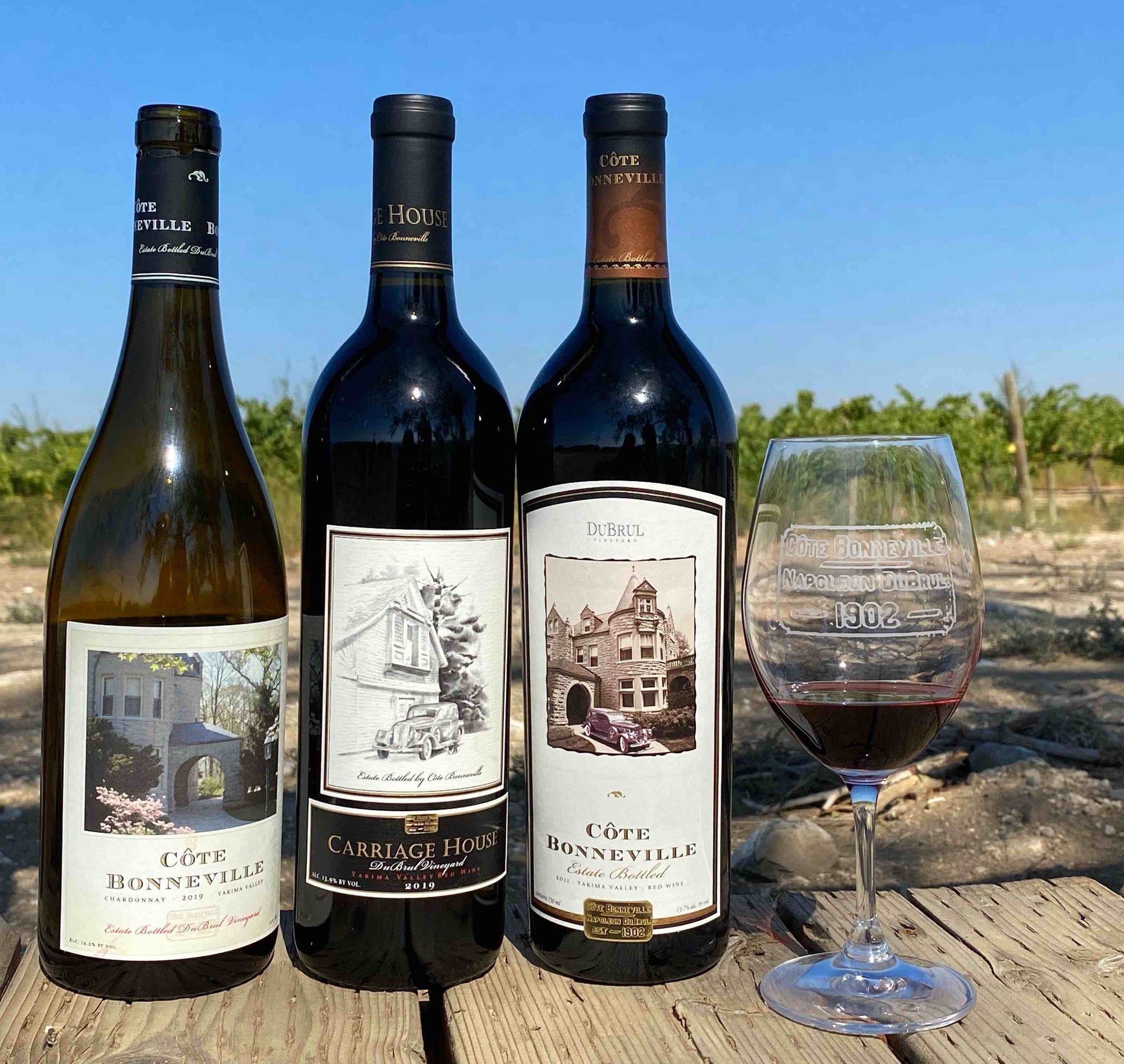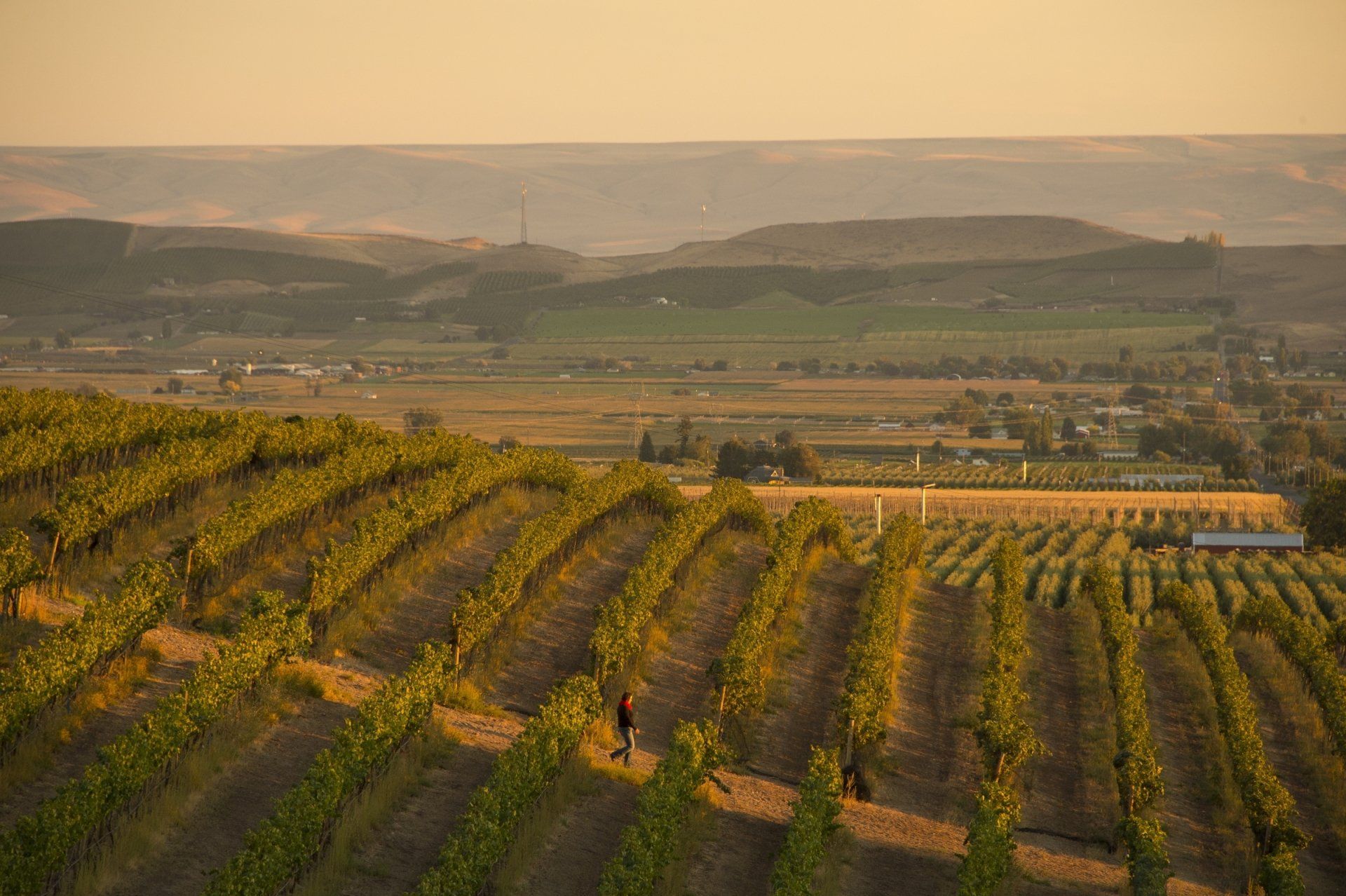By Adrish Majumdar
•
09 Dec, 2020
The trip Hi, I'm Adrish Majumdar . I have been visiting Washington’s Yakima Valley wine region for many years, where I have enjoyed the wonderful hospitality of my good friend Kerry Shiels – head winemaker of the family-owned Côte Bonneville winery – and her parents, Kathy and Hugh. On a typical weekend trip, my exposure to the grape-growing and winemaking process is limited to a brief stroll through their DuBrul Vineyard. I taste the occasional grape, learn about the unique geology and terroir that make the site special, and then gratefully “taste” generous pours of the delicious finished products in the beautiful Train Station tasting room in downtown Sunnyside, named after the original purpose of the building. My last two trips were a little different. In October 2019 I spent two weeks helping out during harvest. This year, between COVID-19 quarantine and a shorter harvest season, I was only able to help out for a week. Still, over those three weeks, I gained a deeper appreciation for how every choice a winemaker and a vineyard manager make is connected to and driven by the winery’s vision. Côte Bonneville’s is to “make classically-styled [age-worthy] wines that best express our spectacular site.” That means showcasing the fruit and the terroir in all its glorious variability, vineyard block-to-vineyard block and vintage-to-vintage. In process terms, that means each block is micromanaged in the growing season, each grape cluster is carefully selected during harvest, and the fruit is left virtually untouched in the winemaking process after it is pressed. No filtering, no fining, minimal manipulation. My “internship” gave me an inside look at what that meant in practice. The internship experience My first assignment last year was picking. Hugh showed me how to select the best grape clusters: small berries, intense color and flavor, no sunburn, no raisining. I learned that the “short rows” I was assigned had some of the best fruit in the vineyard (no pressure!). Unlike on a brief vineyard tour, I now noticed how the fruit tasted different from one row to another, and indeed from one part of a row to another. (I also managed to slow down the real picking crew in the process!) My next assignment: sorting. Although the experienced picking crew had already done most of the culling, Kathy and I visually inspected and hand-sorted the grapes on a conveyor to remove the last remaining unworthy clusters before the grapes were crushed into fermenting bins. I noticed that the fruit from the short rows went into a separate bin. I made a mental note of Bin 5. Back at the winery, after yeast was added to the bins to start the fermentation, Kathy showed me how to do punchdowns . Through that process, I observed how the fruit in different bins progressed at different rates. Tasting the fermenting must and taking twice-daily temperature and brix (sugar) readings, I observed the day-to-day and bin-to-bin evolution and flavor variation. Bin 5, I decided, tasted better than the others. After about ten days, the fermented liquid was ready to be pressed off the skins into holding tanks. First, we pumped most of the liquid out of the fermenting bins. Then I helped dump the skins into a press (taking care to leave any seeds behind). The rest of this step was above my pay grade. The temperamental press was operated under Kathy’s watchful eye as it extracted the remaining liquid (about twenty-five percent). Again, the bins were handled differently. Some were blended together into one tank. Bin 5 was tanked separately. My all-too-short “internship” drew to a close soon after, and I missed the next steps in the process. Here the liquid undergoes malolactic fermentation – a chemistry term for a process that essentially softens some of the rougher edges of the wine – and is transferred from tanks to barrels (always French oak) to age for two years before bottling. I’m excited to return in 2021 to see how Bin 5 turned out! Fortuitously, I had the opportunity to spend time last year with another stellar winemaker and friend, Co Dinn, at his eponymous winery in downtown Sunnyside. I realized that while the basic steps may be the same, each winemaker’s approach is unique and contributes to the wonderful diversity of wines around the world. The takeaways Over the course of the two visits, I got a glimpse of how the Shiels’ choices in the vineyard and the winery translate to the quality and character of the wines they produce. I also learned that harvest at a small high-quality vineyard and winery is hard work! This may be a trivial insight for a farmer or anyone who has ever owned a small business, but the work was both physically and mentally taxing. I joked with Kerry and Kathy that eighty percent of winemaking appeared to involve cleaning stuff and moving stuff around (although “stuff” wasn’t the word I used). And when you’re making a quality product, obsessive attention to detail is a necessity, not a luxury. Experience, constant communication, and triple-checking your and others’ work become vital to preventing tired mental mistakes. Finally, and most importantly, I started to appreciate the combination of patience, preparation, and a certain resignation farmers must possess. I imagine this derives from the knowledge that farming involves a natural biological process, and try as one might to control every variable, it is ultimately subject to uncontrollable variations in weather, soil, water, nutrients, pests, and other factors. Add more recent sources of variability and financial pressure, like climate change, scarce and expensive labor, shifting consumer trends in what we eat, how it is grown, and how it is delivered, and, in 2020, COVID-19, and it requires a special kind of Zen to be a farmer these days. Though I don’t have the right temperament, I’m grateful for the people who do.





